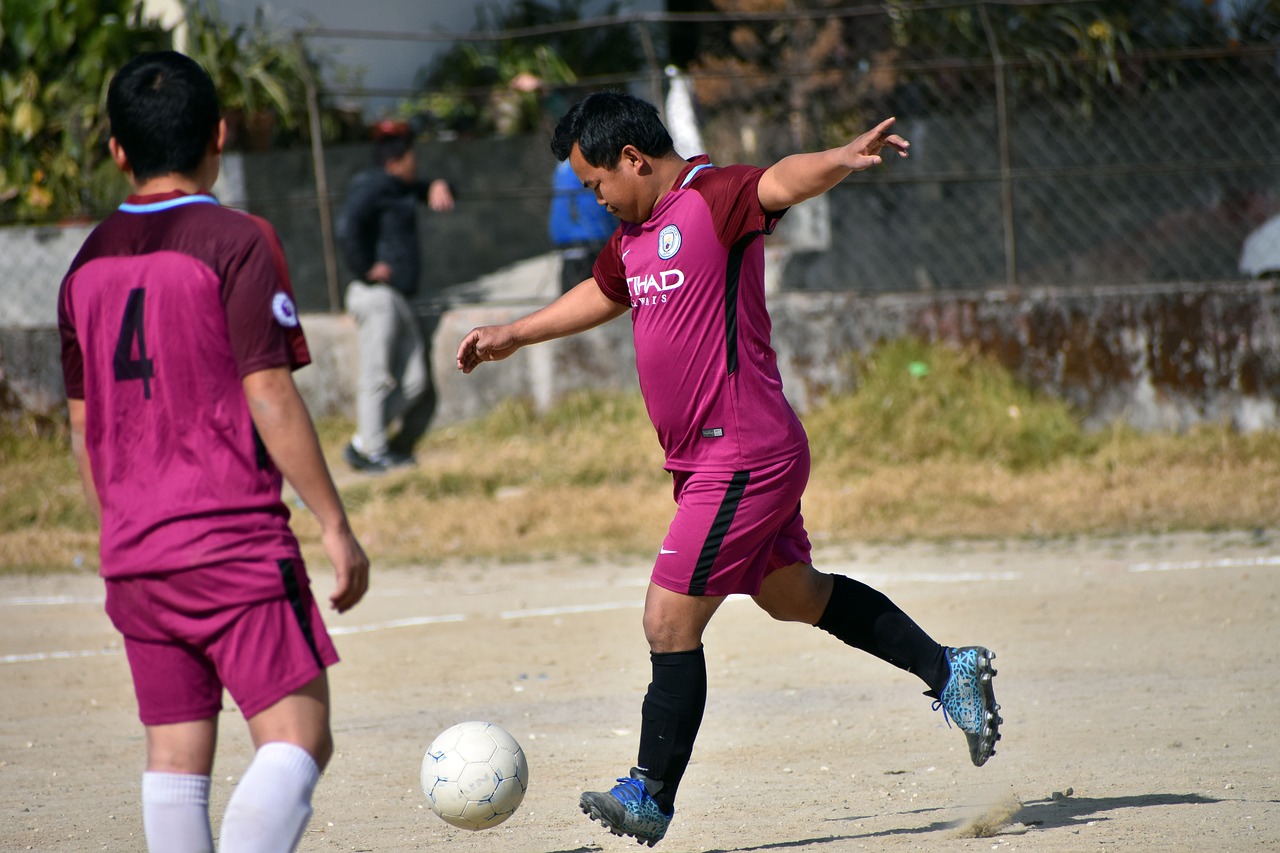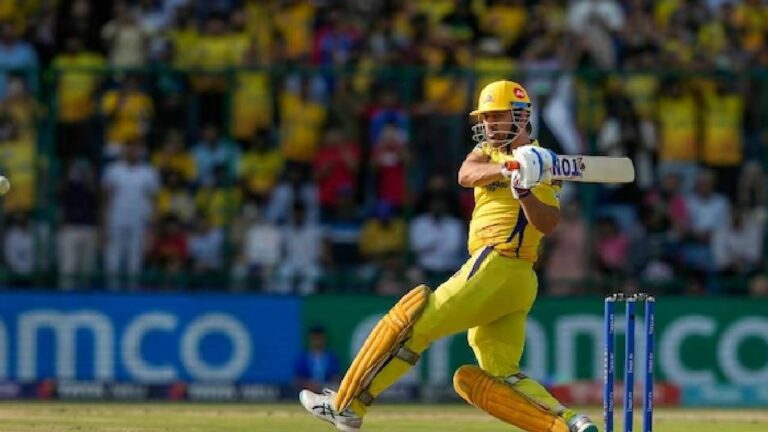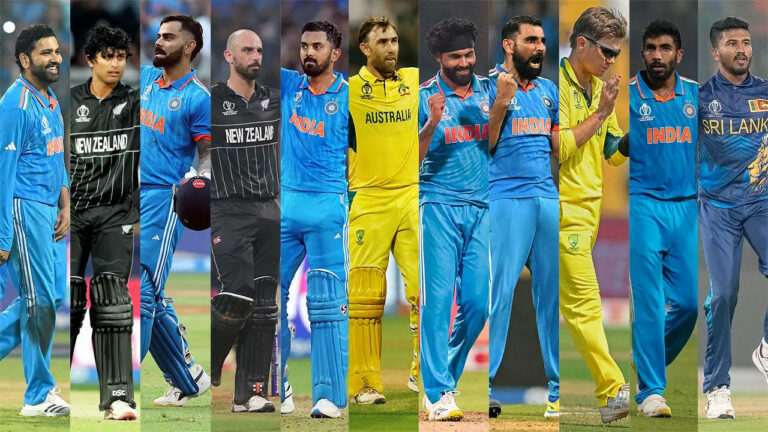How Cricket Teams Use Wearable Technology for Performance Tracking
Lotus365, Gold365: Wearable technology has revolutionized the way cricket teams approach training and match preparation. These advanced devices provide valuable insights into players’ performance metrics, allowing coaches to tailor training programs to individual needs. By tracking data such as heart rate, distance covered, and sprint speed, wearable technology enables teams to optimize player fitness and prevent injuries.
Furthermore, wearable technology in cricket teams enhances strategic decision-making during matches. Coaches and analysts can access real-time data to assess player fatigue levels and make substitutions accordingly. This data-driven approach not only improves on-field performance but also allows teams to make informed decisions that could be the difference between winning and losing a crucial game.
Benefits of Wearable Technology in Cricket
Wearable technology has revolutionized the way cricket teams track and analyze player performance. The data collected from these devices provide valuable insights into aspects such as player fitness levels, workload management, and injury prevention. By monitoring metrics like heart rate, speed, distance covered, and even player positioning, coaches and support staff can tailor training programs and strategies to optimize player performance.
Moreover, wearable technology allows for real-time monitoring during training sessions and matches, enabling coaches to make quick decisions and adjustments based on the data received. This instant feedback loop enhances communication between players and coaches, fostering a more precise and efficient approach to performance improvement. Overall, the use of wearable technology in cricket serves as a game-changer in enhancing player performance and overall team success.
Types of Wearable Technology Used in Cricket
Wearable technology has revolutionized the way cricket teams monitor and analyze player performance. One of the most commonly used devices is the GPS tracker, which provides crucial data on player movement, speed, and distance covered during training sessions and matches. This information helps coaches tailor training programs to improve players’ overall fitness and performance on the field.
In addition to GPS trackers, many cricket teams also utilize wearable sensors that track players’ biometric data such as heart rate, body temperature, and hydration levels. These sensors provide real-time insights into players’ physical condition, allowing the coaching staff to make informed decisions regarding player substitution and workload management. By leveraging wearable technology, cricket teams can optimize player performance, reduce the risk of injuries, and ultimately gain a competitive edge on the field.







